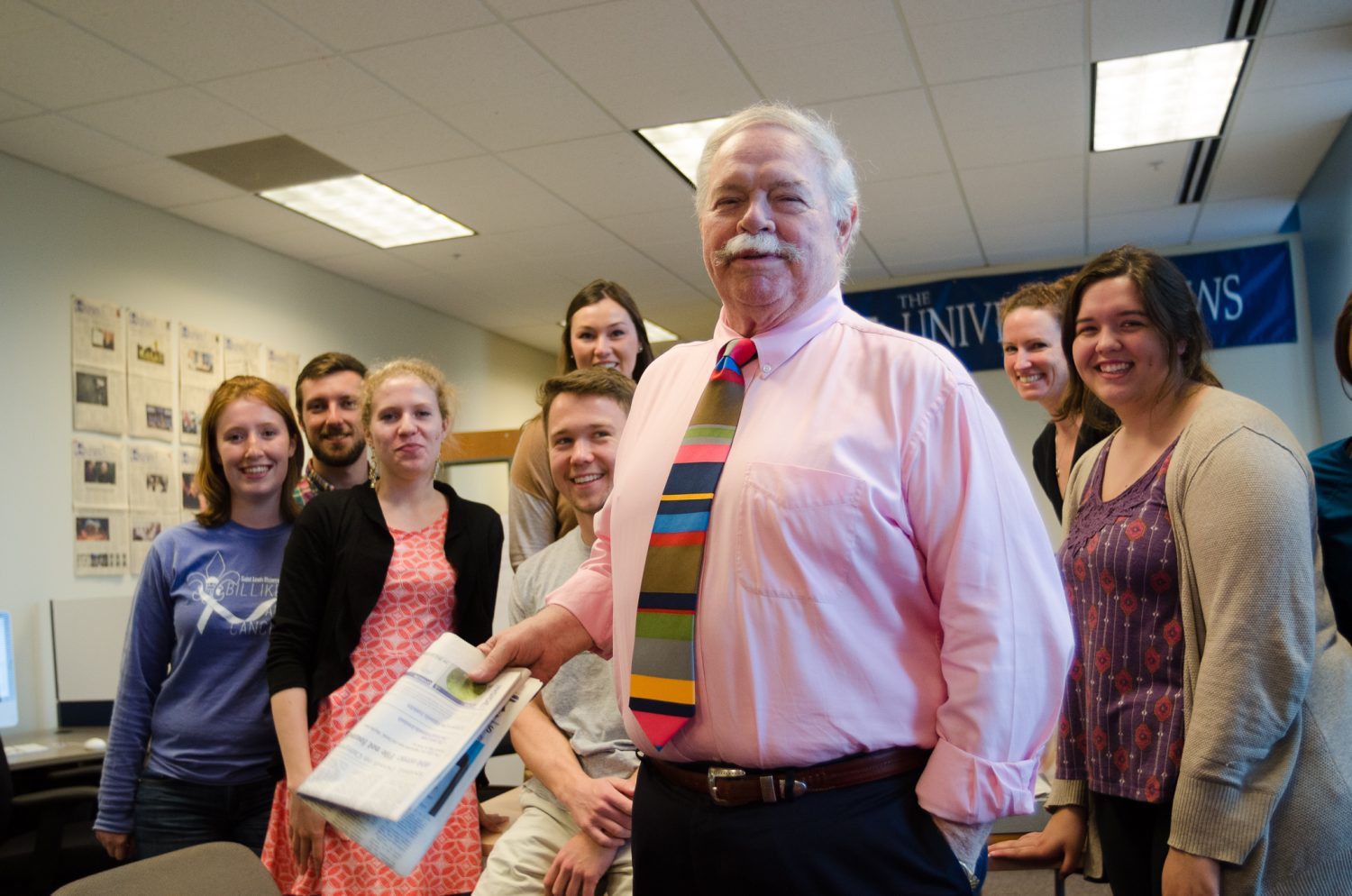Everyone has his or her own theory on what makes a great movie. Some might claim it’s the actors and the actresses. They must be big stars and capture our hearts. For others, it’s the director or the screenplay writer. If the director is good enough or the script is well written, then everything else should fall into place.
But as any Oscar night in the past 20 years has shown, it takes more than actors, directors and screenplay writers to make a film. What about all those technical awards that we have to sit through-they have to do something to help make a great movie? But one Oscar statue has shone since the beginning: the award for best score. Music helps make a film and those who created the music deserve the entire honor that is given to them.
This past weekend the Saint Louis Symphony Orchestra did just that by combining the senses of hearing and sight when it presented “A Symphonic Night at the Movies: A Night at the Oscars.” The performance allowed audience members to watch clips of some of the greatest films made while listening to a live soundtrack.
The selection of scores for the evening ranged from Max Steiner to Bernard Herrmann, while their respective movies of Gone With The Wind and Citizen Kane graced the screen.
The evening started off with the opening theme from Leonard Bernstein’s West Side Story. What a way to begin. One could almost sense that audience members were murmuring “Tonight, Tonight” underneath their breath. Yes, the movie lovers were here.
After Bernstein, KMOX personality Charles Brennan came out to introduce guest conductor Neal Gittleman of the Dayton Philharmonic Orchestra and to explain the first feature of the evening, Eric Korngold’s The Adventures of Robin Hood. The three scenes chosen from the Errol Flynn swashbuckling piece showed why Korngold won an Oscar that year.
The symphony then went on to play two scenes from Gone With the Wind. The two scenes chose highlighted Steiner’s “The Burning of Atlanta” and Scarlet O’Hare’s famous line, “I’ll never go hungry again.” If the movie stunned you the first time you saw it on video, it became even more moving with a live soundtrack. Miklos Rozsa’s music from the Charlton Heston epic Ben-Hur rounded out the first half of the evening.
After a brief intermission, the orchestra came back to play two scenes from the Orson Welles’ masterpiece Citizen Kane. It was interesting that the scenes that accompanied the music of Herrmann came from the beginning with the last word “Rosebud” escaping the lips of the dying Charles Foster Kane, to the end when some of the personal possessions of the media mongrel are being tossed into the furnace.
After a hilarious dream sequence from the film An American in Paris, where the orchestra took a backseat to the multi-instrumental Oscar Levant, the evening ended with four scenes from The Wizard of Oz.
The music won best score at the 1939 Academy Awards, beating out Gone With the Wind. The scenes took us from the beginning of the film with “The Cyclone,” to the realization that there is no place like home in “Return to Kansas.”
The Saint Louis Symphony Orchestra did a tremendous job bringing alive the feeling of being at a silent picture when orchestras used to play with them.
After listening to the music of the some of the great movie composers, one realizes that they are an important part of the film and honor needs to be bestowed on them.
The evening also moved one to go out and rent all the films and watch them again.





